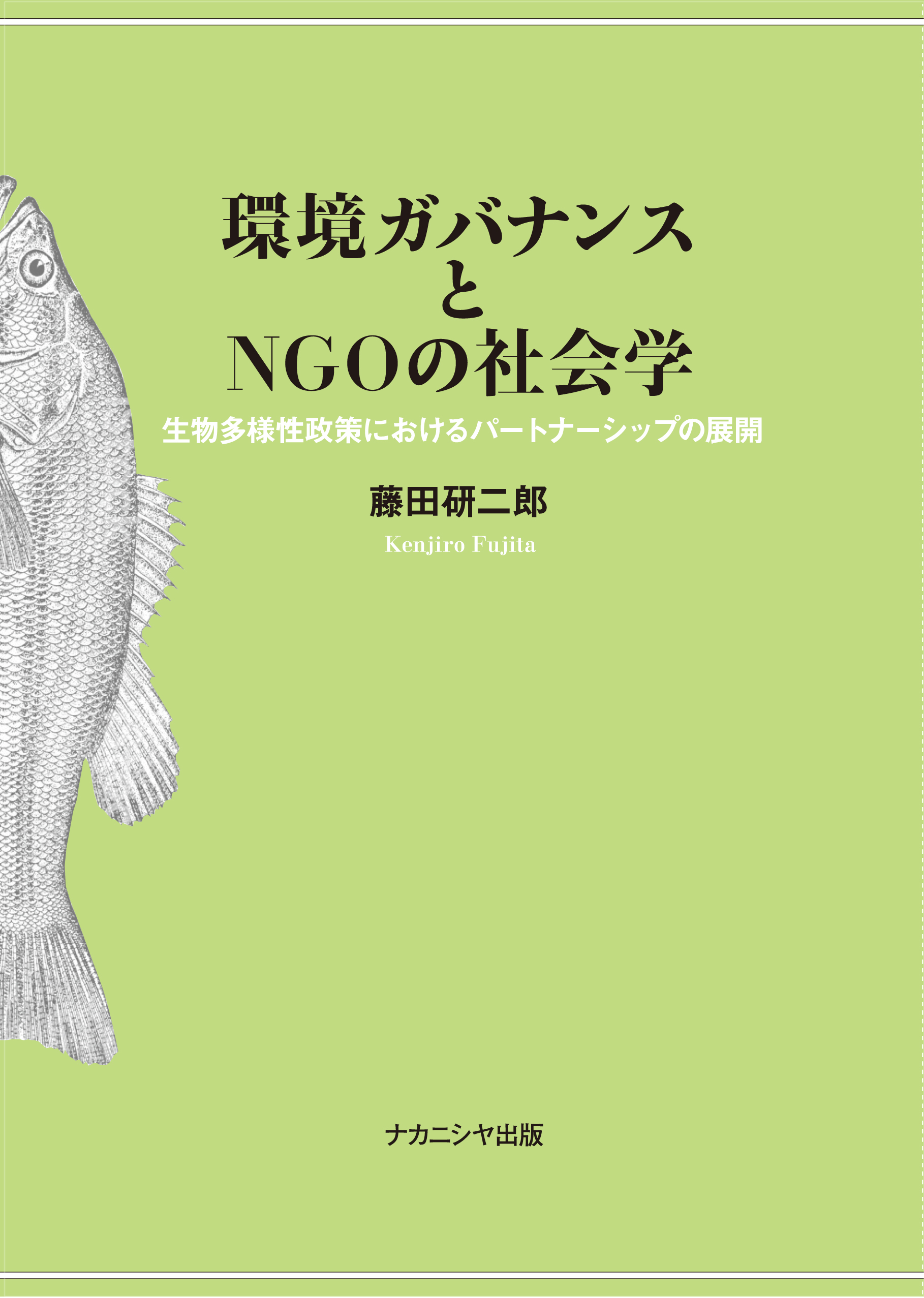
Title
Kankyo Governance to NGO no Shakaigaku (Sociology of Environmental Governance and NGOs - Partnership for Biodiversity Policy)
Size
244 pages, A5 format
Language
Japanese
Released
March 30, 2019
ISBN
9784779513831
Published by
Nakanishiya Shuppan
Book Info
See Book Availability at Library
Japanese Page
“Partnerships” between government and various actors including NGOs have been promoted in Japan’s environmental policy since the 1990s. You may have participated in, for example, the environmental conservation activities of local organizations as part of our general education at elementary or junior high school. Everybody may see news coverage of citizens’ groups campaigning to combat global warming, together with national and local government, companies, and celebrities. In previous research, the participation of NGOs and local residents and citizens themselves in the processes of formulating and implementing policies through such partnerships has come to be thought of as one of the solutions to environmental problems.
However, are solutions to environmental problems really progressing? It certainly does feel like there are more opportunities now to see efforts in which a range of people have collaborated. On the other hand, there has been no change to the circumstances of continuing global warming and many species facing extinction. This book looks into such circumstances. That is to say, it investigates from various angles the following theme: if solutions to environmental problems are not progressing in reality, despite the fact that it has already been quite some time since the introduction of partnerships (previously considered one of the solutions to environmental problems), then why is that?
The structure of this book is as follows. First, after reviewing various existing studies relating to partnerships in the Preface, I examine the historical background to the introduction of the government’s environmental partnerships with reference to materials such as “Environmental White Papers” and public relations brochures (Chapter 1). Based on this historical examination, in Chapters 3–7 I carry out two case studies concerning the processes of biodiversity policy creation and implementation. The first relates to the problem of largemouth bass (black bass), subjected to regulated handling and eradication in the 2000s due to classification as a designated invasive alien species under the Act on the Prevention of Adverse Ecological Impacts Caused by Designated Invasive Alien Species; the second relates to 10th Conference of the Parties to the Convention on Biological Diversity—an international convention held in Nagoya, Aichi Prefecture, in 2010—and to cases following on from that convention. The policy-making and implementation processes in both cases involved the formation of partnerships between government and various actors including NGOs.
In the final chapter, following the investigation referred to above, I have attempted to reassess factors behind the failure of solutions to environmental problems to progress in reality through concepts such as the selectivity of conditions involved in the formation of partnerships, and the wholesale outsourcing of implementation systems to NGOs. I also discuss issues for future study in order to avoid these problems. The promotion of partnerships today is by no means limited to the environmental domain. I hope that this book will support rational discussion on partnerships.
(Written by: FUJITA Kenjiro / November 17, 2020)
Related Info
The 18th Japan NPO Research Association Award (July, 2020)
https://janpora.org/award/



